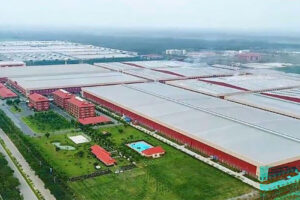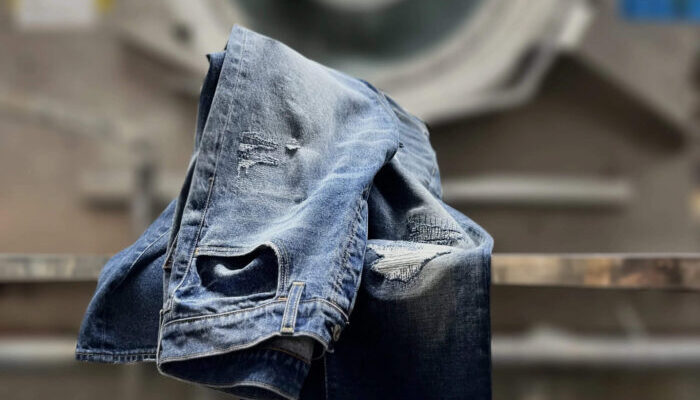February 23, 2021

Original article here
At PUMA we want to make the factories that make our products more sustainable wherever we can. This is not just the case for factories that make our finished product, but also for those that make components and textiles.
That is why we have joined resource efficiency improvement programs such as “Clean By Design” in collaboration with the Apparel Impact Institute (AII) in China and “Partnership for Cleaner Textiles (PaCT)” in Bangladesh, led by the IFC. They help us to reduce the consumption of energy and water and CO2 emissions at our manufacturing partners.
Sometimes it is a steam valve that needs to be insulated in order to save energy, sometimes we need to install equipment to trap hot steam that would otherwise go to waste. In other cases outdated equipment needs an upgrade. When it comes to making factories more sustainable, every little helps.
“Only if we make our entire sourcing and production processes more sustainable, can we optimize the impact that PUMA has on the environment,” said Veronique Rochet, Senior Head of Sustainability at PUMA. “That is why we put a special focus on the environmental performance of our factories.”
One example is a factory in Ningbo, China, which is operated by our partner Shenzhou International. Together with Clean by Design, we analysed the factory and agreed on a six step plan to improve its environmental performance. After the programme was completed, the factory reduced its energy consumption by 7.7 %, its CO2 emissions by almost 10 % and its water consumption by 13 %. We are currently planning a project at the factory in Ningbo to bring down the amount of water used in the washing process of printed fabric by 60 %.
Another example is waste heat recovery by our partner Square Fashion Limited in Bangladesh. This initiative has helped the factory recover waste heat from the gas engine exhausts by utilizing this energy to generate steam for process heating. By installing a waste heat recovery boiler with a capacity of 5.7 tonnes of steam per hour, the factory saves natural gas consumption by about 340 m3 per hour. Per year this installation alone will save over 2 million m3 of natural gas and achieve greenhouse gas emission reduction of 4,354 tonnes of CO2 equivalent.
We also worked with PaCT to install condensate recovery systems or even set up a more efficient ozone washer to clean garments. All of this saves significant amounts of heat energy, chemical treatment and water.
Apart from installing new equipment or making existing equipment more efficient, we also focus on training staff, so they know what to look for to make the production process more efficient and use fewer resources.
Our science-based target, which we set in 2019, means we will do what is needed to meet the goals of the Paris Agreement. Through this agreement, world leaders want to keep global warming below 1.5 degrees compared to pre-industrial levels. For our supply chain, that means that we want to reduce our carbon emissions by 60 % relative to sales between 2017 and 2030.
Featured News

PaCT program manager attends Bharat Tex as panelist
March 6, 2024
Number of LEED certified factories in RMG reaches 202
September 17, 2023

Spearheading sustainable industries
August 6, 2023
IFC organizes Africa-Asia Roadshow in Bangladesh
June 19, 2023

